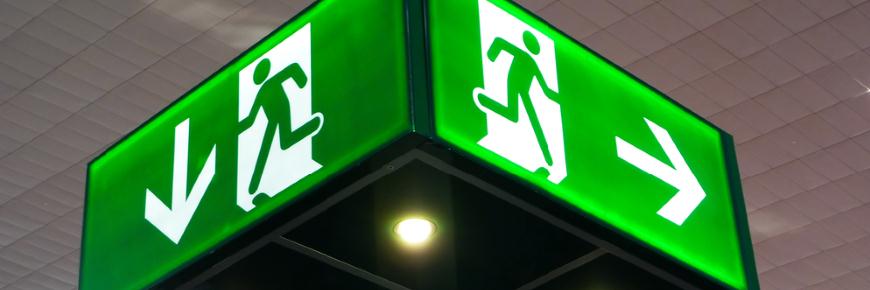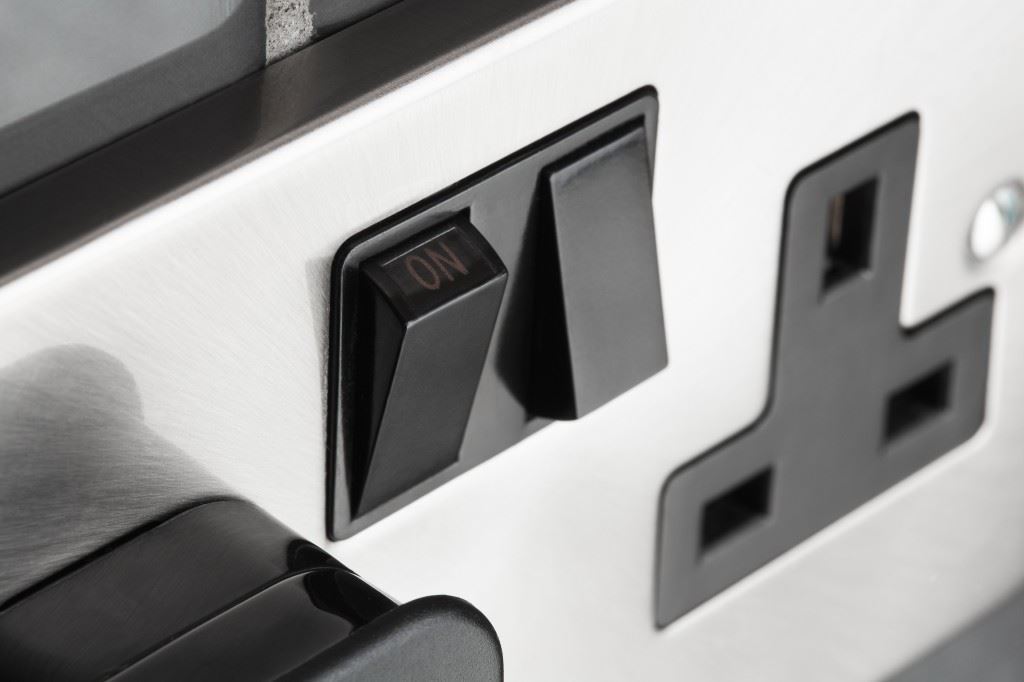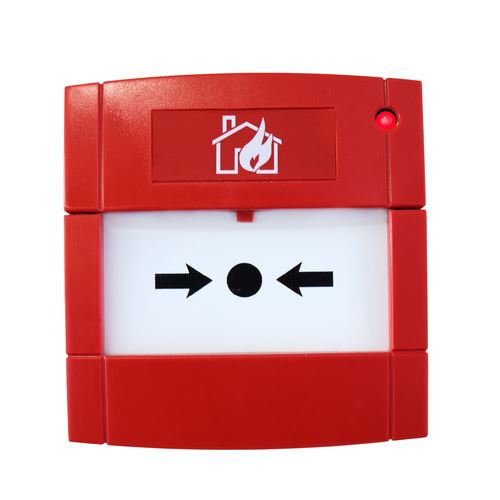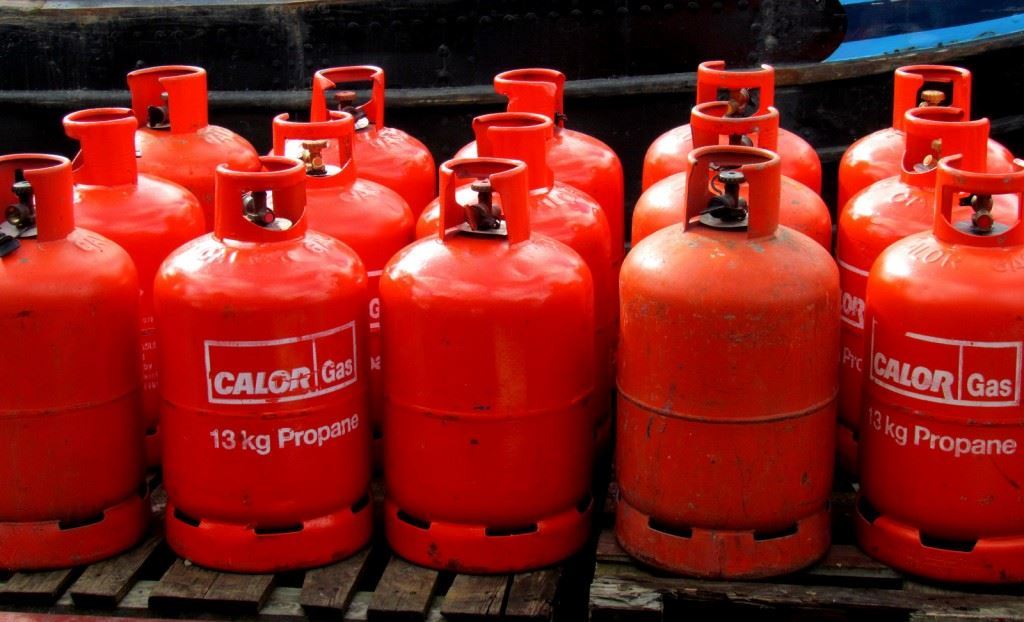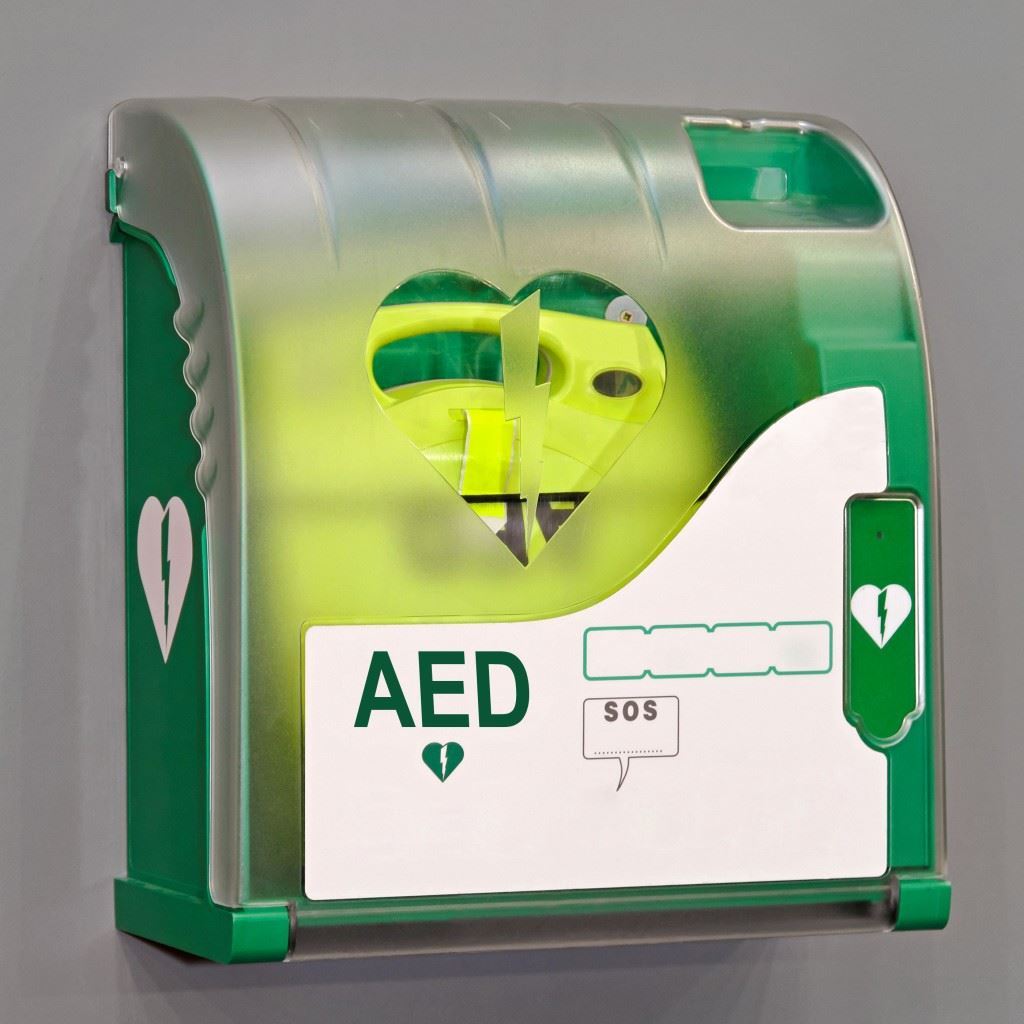There are an abundance of regulations, restrictions and laws that you are required to follow in business, and your workplace, but Health & Safety is one of the biggest. There’s an endless list of things you can and can’t do, ever-changing with modern advancements and environmental changes.
Here’s a quick checklist of items, checks or maintenance schedules you should have in your workplace:
Maintain your electrical equipment
PAT (Or Portable Appliance Testing) is a necessity in the workplace. It is designed to avoid any injury or risk from using electrical appliances in the workplace. That may be your old microwave or your brand spanking new keyboard in your office. Having all your electrical equipment equipment tested and passed is something you should be ticking off your list.
If you want to know more about PAT testing, see our PAT Testing for Dummies blog.
Install the correct fire safety equipment
Your workplace shouldn’t resemble a small fire station, but it also operates better if it doesn’t resemble a pile of ash.
Fire’s are preventable, if you do the correct safety checks, and check for the three things a fire needs to start; Ignition (heat), fuel and oxygen.
Sources of ignition include heaters, lighting, naked flames, electrical equipment, smokers’ materials (cigarettes, matches etc), and anything else that can get very hot or cause sparks
Sources of fuel include wood, paper, plastic, rubber, foam, loose packaging materials, waste rubbish, furniture, and almost anything flammable in your workplace.
Oxygen is in the air around us
Carrying out up to date fire safety risk assessments can help to spot the problems that can lead to fires, but accidents happen – it’s also important that you have the right fire detection and fire fighting equipment on hand and functional.
These include: Smoke alarms, fire extinguishers, fire doors etc.
Read more on fire safety: http://www.legislation.gov.uk/uksi/2005/1541/contents/made
Are your gas appliances safe?
If gas appliances, such as ovens, cookers and boilers, are not properly installed and maintained, there is a danger of fire, explosion, gas leaks and carbon monoxide (CO) poisoning.
In domestic properties and workplaces, you must bring in someone who is on the Gas Safe Register to work on your gas appliances. You must use a competent engineer to install, maintain and repair your appliances as well as ensuring that your gas pipework and appliances are regularly maintained to reduce the risk of fire or poisoning.
Check if your engineer is on the gas safety register: http://www.gassaferegister.co.uk/
Image by ozz13x on Flickr under CC
Ensure your machinery is safe
If your business uses machinery or plant, it is vital that it is safe before any staff use it, customers go near it or visitors are in the vicinity of it. To check whether a machine is safe, you should be looking for the following things:
Check that the machine is complete, with all safeguards fitted, and free from defects. The term ‘safeguarding’ includes guards, interlocks, two-hand controls, light guards, pressure-sensitive mats etc. By law, the supplier must provide the right safeguards and inform buyers of any risks (‘residual risks’) that users need to be aware of and manage because they could not be designed out
Produce a safe system of work for using and maintaining the machine. Maintenance may require the inspection of critical features where deterioration would cause a risk. Also look at the residual risks identified by the manufacturer in the information/ instructions provided with the machine and make sure they are included in the safe system of work
Ensure every static machine has been installed properly and is stable (usually fixed down)
Choose the right machine for the job and do not put machines where customers or visitors may be exposed to risk
Note that new machines should be CE marked and supplied with a Declaration of Conformity and instructions in English
Make sure the machine is:
safe for any work that has to be done when setting up, during normal use, when clearing blockages, when carrying out repairs for breakdowns, and during planned maintenance
properly switched off, isolated or locked-off before taking any action to remove blockages, clean or adjust the machine
Read more on Machinery safety: http://www.hse.gov.uk/work-equipment-machinery/new-machinery.htm
Image by Benjamin Linh on Flickr under CC
Work to avoid and eliminate slips and trips
Eliminating or cutting down the amount of slips and trips in the workplace is often simple and cost-effective. Most slips occur when floors become wet or contaminated and many trips are due to poor housekeeping or organisation.
You can try to reduce the number of accidents from slips and trips by:
Trying to prevent floors from getting wet or cleaning them ASAP
have routines for regular cleaning
conduct regular safety checks to help find little hazards that can lead to accidents
Ensure employees wear suitable clothes and footwear for work
Read more on this here: http://www.hse.gov.uk/slips/
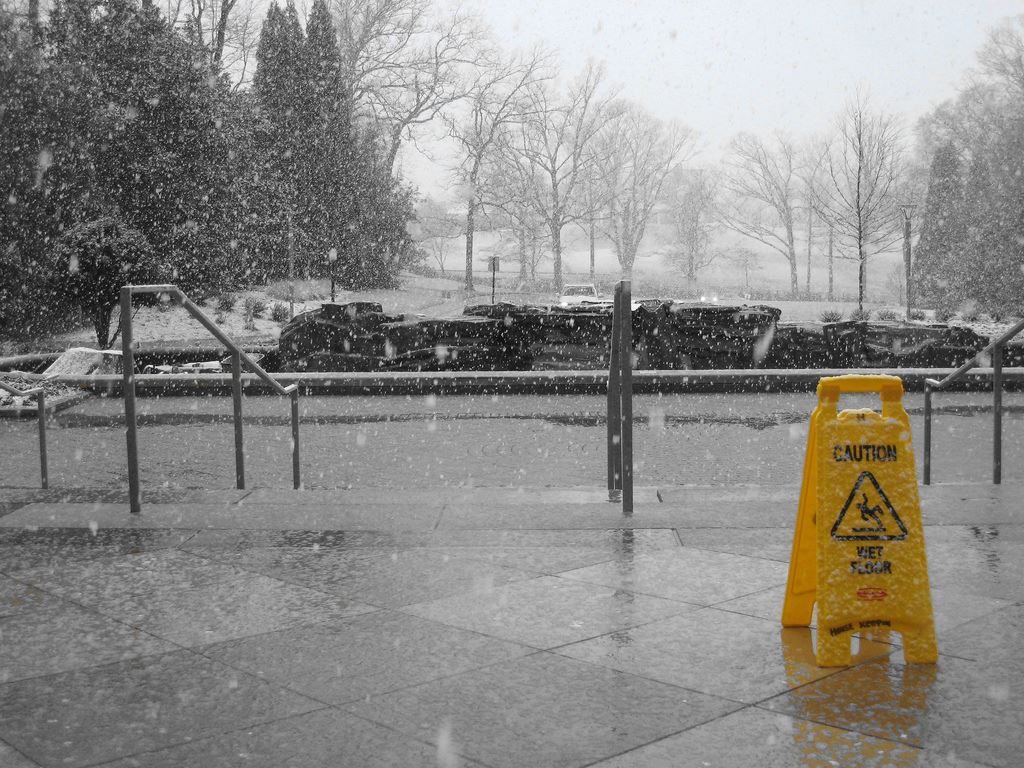
Image by Doug Waldron on Flickr under CC
Stock up your first aid provisions
It is a legal requirement to have first aid provisions in your workplace. Train up or appoint a qualified first aider for your workplace and invest in a first aid kit that is easily locatable and available in case of any accidents that may occur in your workplace.
Find out what should be in your first aid kit: http://www.sja.org.uk/sja/training-courses/first-aid-courses/watch-our-training-in-action/workplace-first-aid-kits.aspx
Related content
- Workplace Safety Services
- Emergency Lighting Maintenance
- Health and Safety Equipment
- Workplace Safety: Staying in the Green

